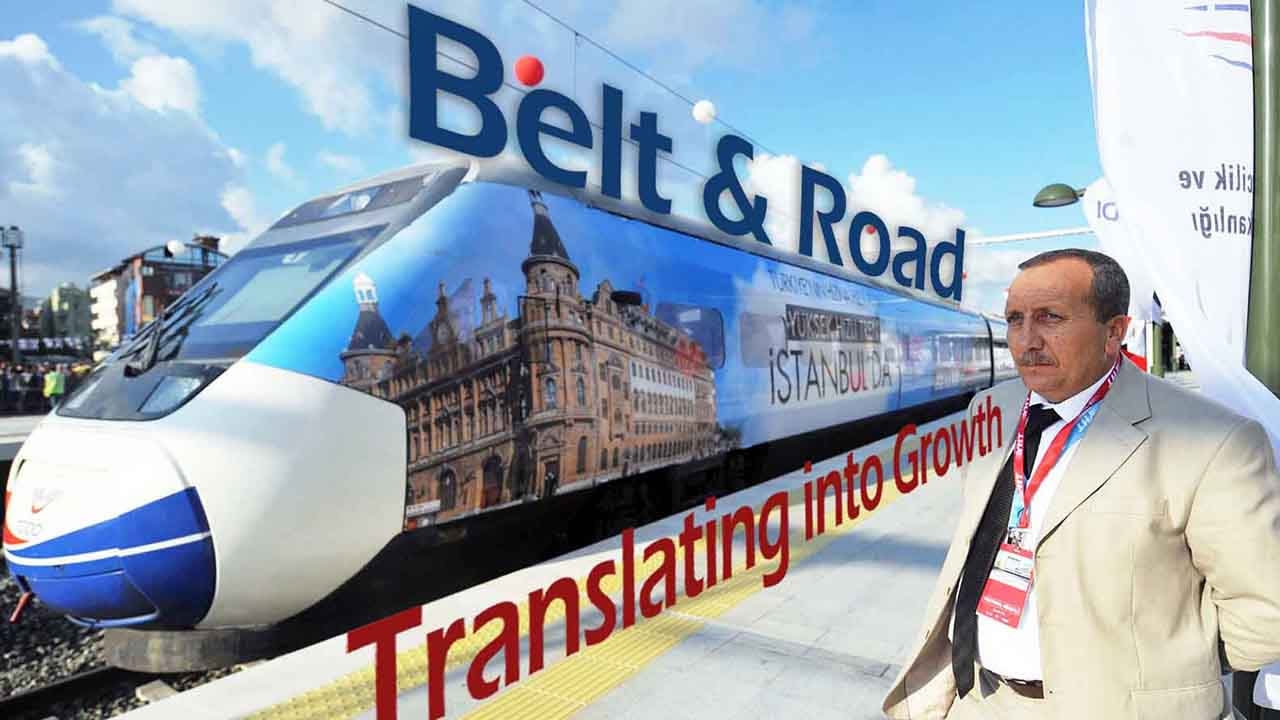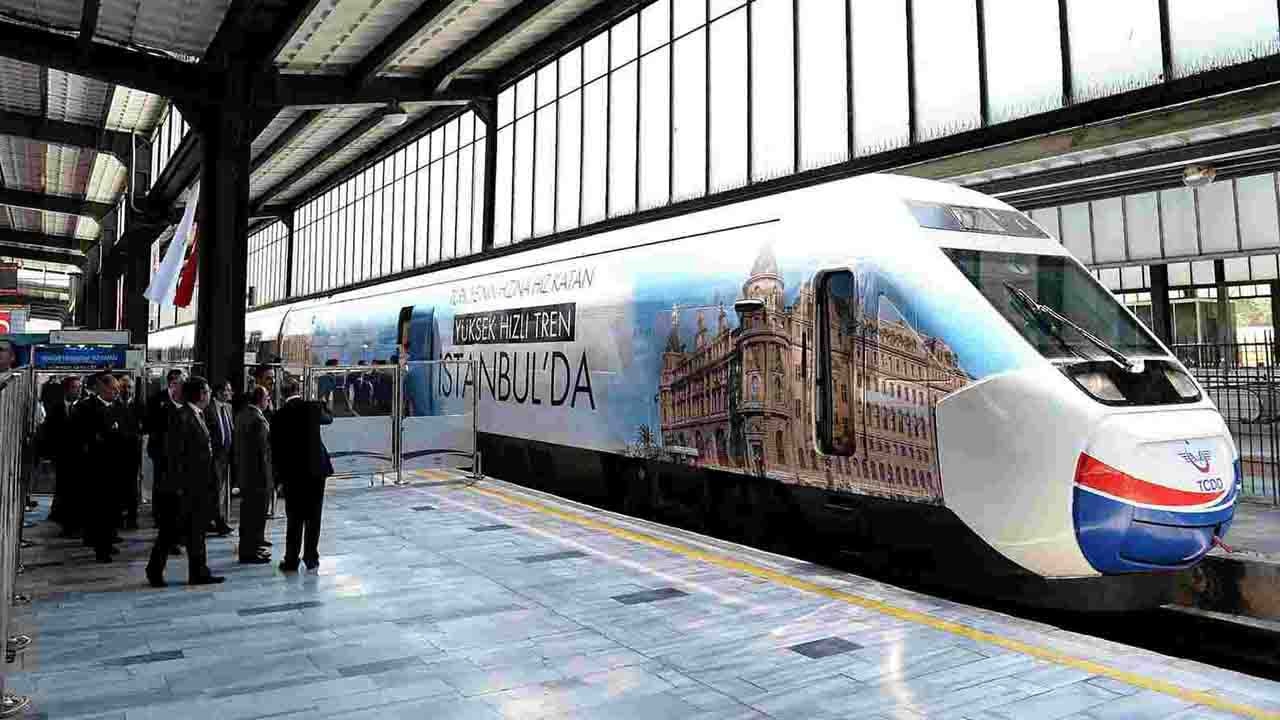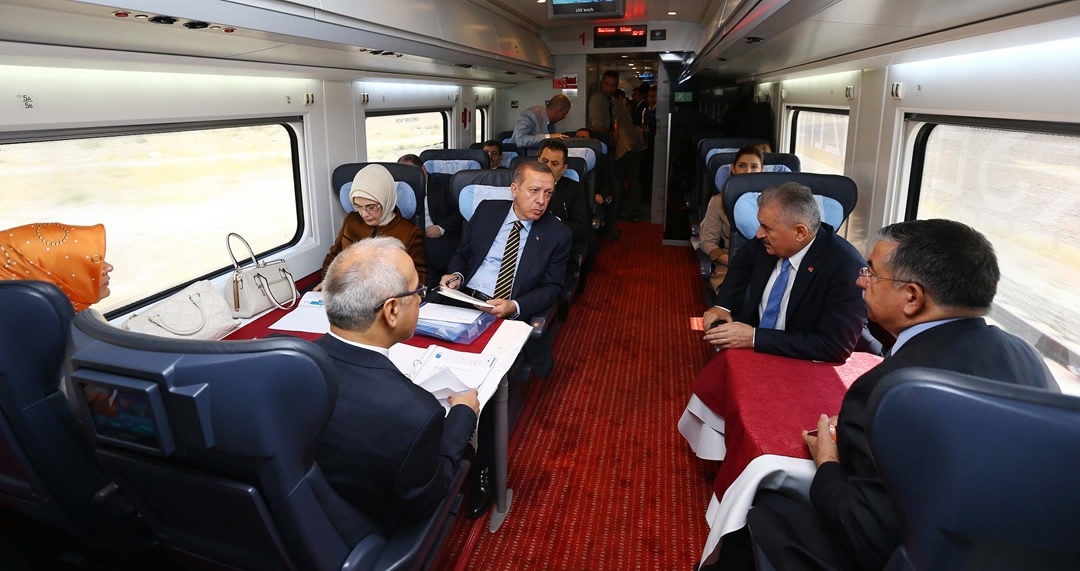
Business
18:00, 04-May-2017
Translating into Growth: Belt and Road puts Turkey on track towards the future

By CGTN’s Natalie Carney
Back in the days of the ancient Silk Road, Turkey marked a critical juncture between the east and the west. The same is true today. Yet no longer is trade carried on the backs of animals. The China-proposed Belt and Road Initiative is pushing Turkey to capitalize on their important geographical location.
China has helped Turkey construct its first high speed railway line – the 533-kilometer Ankara–Istanbul line, which links the country's capital with its largest city.
“When we use the bus it takes 6 to 6.5 hours but with train it only takes 3.5 hours. Besides it is more comfortable. The bus is a bit of a problem because we have children. High-speed train is better,” said Mustafa Ates, a Turkish high-speed train commuter.

Since the first line between Ankara and Eskisehir began operation in 2009, more than 31 million people have travelled using Turkey’s high-speed trains. 33 percent of the country's population is now connected by high-speed trains.
“The Chinese brought experience and a 1.7 billion US dollar Chinese-Turkish business partnership. Today, Turkey is currently effectively operating high-speed train lines of about 1,450 km, while 3,800 km of high-speed train line construction continues,” said Turkish Minister of Transportation Ahmen Arslan.

Turkish Prime Minister Erdogan (3rd R) and other officers take the high-speed train to Eskisehir on the maiden voyage of the Ankara-Istanbul high-speed rail line from Ankara, Turkey on July 25, 2014. /CFP Photo
Turkish Prime Minister Erdogan (3rd R) and other officers take the high-speed train to Eskisehir on the maiden voyage of the Ankara-Istanbul high-speed rail line from Ankara, Turkey on July 25, 2014. /CFP Photo
Nearly 26 million tons of goods were transported using the high-speed train lines in 2016. This efficient movement of trade is what’s driving Chinese investment in high-speed railway networks all along the ancient Silk Road.
“For traders, they are able to go to their trading place faster and the economy of the country is coming to life. It is to bring all corners of the country together, and bring them into one of the international corridors of transportation,” Arslan said.
The middle corridor line through Turkey is expected to be complete in 2018, making the transportation of Chinese goods to Europe four times faster. China’s export of high-speed train technology was the catalyst for Turkey’s burgeoning bullet train market – a development that will not only serve Turkey, but the world.
6843km
Related stories:
80% of RMB for trade is expected in the Middle East
Translating into Growth: Pakistan eyes ‘Belt and Road’ as the new force of modernization
Translating into Growth: Hungary looks at Belt and Road's long-term benefits
Translating into Growth: ‘Belt and Road’ ties up China and Thailand
Translating into Growth: 'Belt and Road' speeds up delivery of Chinese goods to Russia
Translating into Growth: Belt and Road spurs China-New Zealand cooperation
Translating into Growth: Belt and Road promotes the Sino-UK relations
Translating into Growth: ‘Belt and Road’ refreshes Egypt’s ancient Silk Road role
Translating into Growth: China and Turkey start direct trade in yuan and lira

SITEMAP
Copyright © 2018 CGTN. Beijing ICP prepared NO.16065310-3
Copyright © 2018 CGTN. Beijing ICP prepared NO.16065310-3